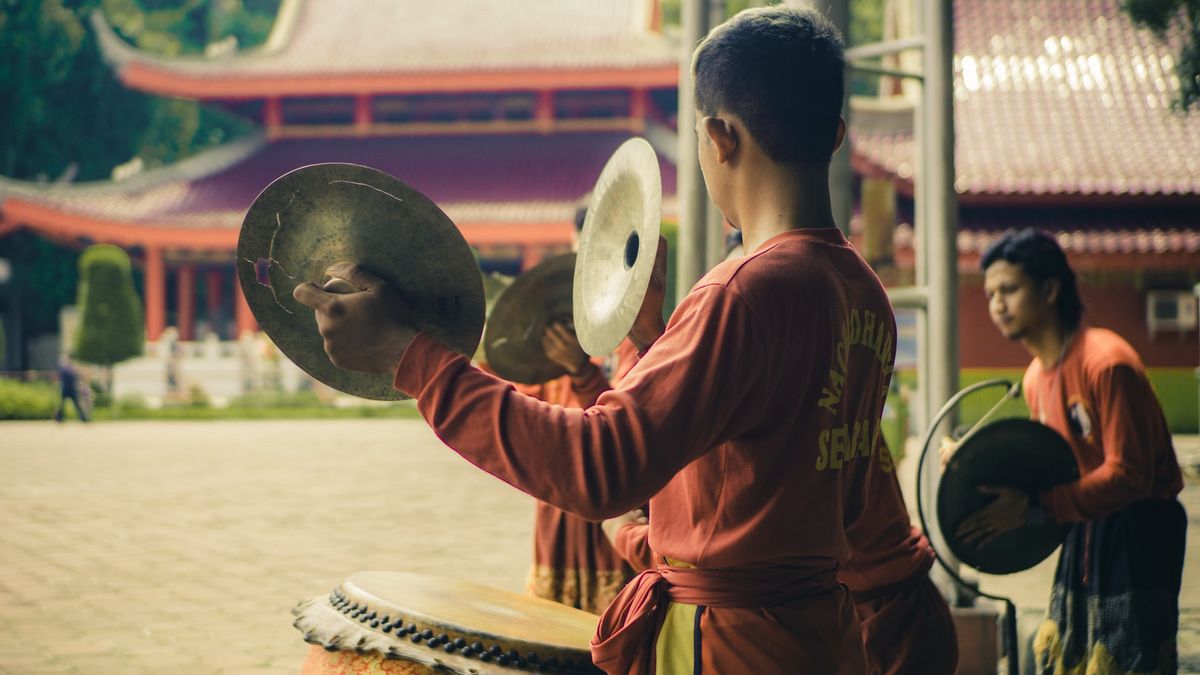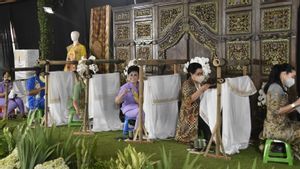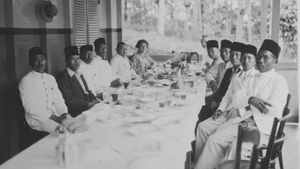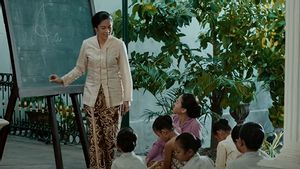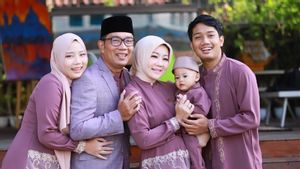JAKARTA – Acculturation is a social process when a cultural group meets foreign cultural elements who then negotiate values so that they can be accepted. According to the KBBI, the notion of acculturation is a mixture of two or more cultures that meet and influence each other.
The origin of the word, acculturation comes from the Latin acculturate which means 'to grow and develop together'.
Anthropologically, acculturation is defined as the process of entering foreign cultural influences into a society, some selectively absorbing a little or a lot of foreign cultural elements, and some trying to resist that influence.
Acculturation also occurs in linguistics when two groups of people meet and process language characterized by borrowing or bilingualism.
Acculturation actually marks the changing times and the way each social group continues to uphold its culture without being left behind by the latest.
Understanding cultural acculturation
According to Koentjaraningrat, quoted from the scientific work Barong Landung: Acculturation of Balinese and Chinese Cultures written in 2016 by AA Ayu Murniasih, cultural acculturation is the influence or inclusion of foreign cultural elements in the culture of a society so as to create diversity as well as innovation to respond to the shortcomings and developments of the times. . The most real impact of cultural acculturation is the social change which includes aspects of lifestyle, knowledge, and procedures.
Cultural acculturation process
Intensive interaction is the driving force of the acculturation process. The acculturation process, quoted from the High School Sociology e-module published by the Ministry of Education and Culture in 2019, the acculturation process can run quickly or slowly. This depends on the local community's perception of the incoming foreign cultural elements.
If the entry of foreign cultures through a coercive process, cultural acculturation takes a relatively long time. Meanwhile, if the entry is without coercion or by peaceful means, acculturation takes place relatively quickly.
SEE ALSO:
Judging from the process, there are various forms of interaction in cultural acculturation that encourage social change, including the following:
- Social interaction in two groups of people, between individuals, as well as some communities so that they experience a slow process of social change.
- The interaction between the basics of life of two cultures which encourages planned and unplanned social change. The changes that occur are relatively fast because they involve fundamental aspects of people's lives.
- The interaction between social structures does not have a direct impact on society and the changes that occur are very small.
- Inter-institutional interactions that have an impact on the work system, land ownership rights, family relationships, and community stratification.
- Interactions between actors of change, occur intentionally or unintentionally, or unplanned.
- Unwanted or unplanned changes are changes that occur outside the reach, for example, there is an interaction between the ruler and the controlled so that it has consequences for the community.
- Cultural acculturation also encourages structural changes that lead to reorganization in society.
Examples of cultural acculturation
Many cultural acculturations are found in Indonesia, for example, the following:
- Ramayana Ballet
- Batik Lasem
- Meatballs
- Cheng Ho Mosque
- Keroncong Stamboel
The English, Chinese, Japanese, Arabic, and French versions are automatically generated by the AI. So there may still be inaccuracies in translating, please always see Indonesian as our main language. (system supported by DigitalSiber.id)
